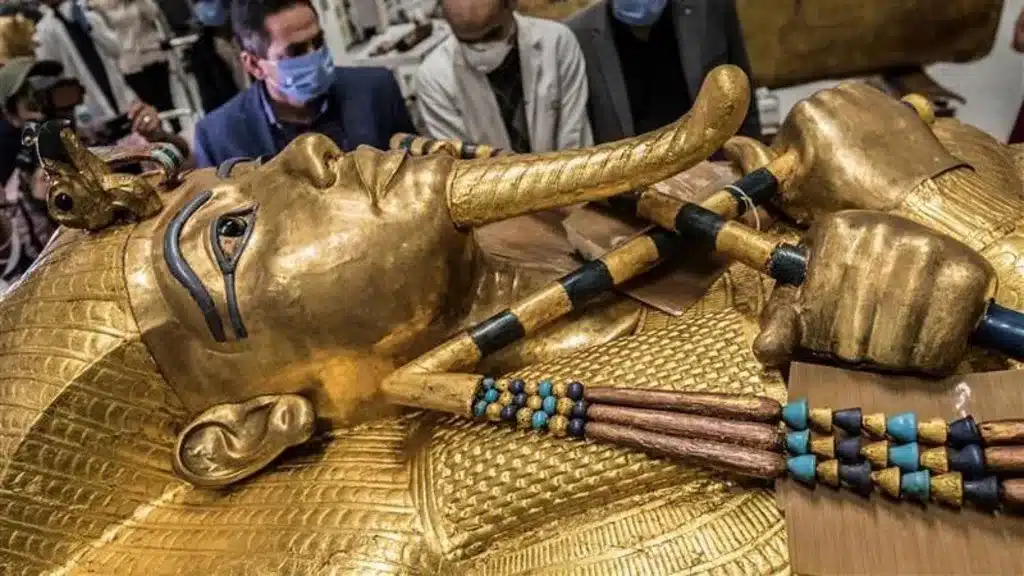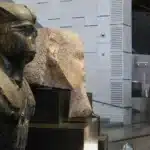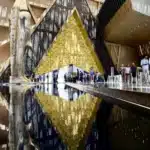



Egypt has officially opened the Grand Egyptian Museum (GEM), a vast new cultural landmark near the Great Pyramid of Khufu at Giza. Touted as the world’s largest archaeological museum, the $1.2bn (£910m; €1.1bn) complex displays around 100,000 artefacts spanning seven millennia, from pre-dynastic Egypt to the Greek and Roman eras.
One of the museum’s central attractions is the complete collection from Tutankhamun’s tomb, displayed in full for the first time since its discovery by Howard Carter in 1922. The treasures include the boy king’s gold mask, throne and chariots. «I had the idea of displaying the complete tomb, so nothing remains in storage,» said Dr Tarek Tawfik, president of the International Association of Egyptologists and former head of the GEM.
The museum also features the funerary boat of Pharaoh Khufu, dating back 4,500 years, along with monumental artefacts such as a 16-metre obelisk and an 11-metre statue of Ramesses II. A grand staircase lined with statues of pharaohs leads to an upper level that frames a view of the Giza pyramids.
Covering 500,000 square metres, about 70 football pitches, the museum’s architecture combines modern design with ancient symbolism, using alabaster panels inscribed with hieroglyphs and a pyramid-shaped entrance.
A National Symbol of Egypt’s Cultural Renaissance
The GEM project was first proposed in 1992, with construction beginning in 2005. It faced multiple delays due to financial challenges, political upheaval, the Arab Spring, and the Covid-19 pandemic.
Prominent Egyptologists have hailed the museum as a national achievement and a symbol of Egypt’s cultural revival. Former minister of antiquities Dr Zahi Hawass said the opening marks Egypt’s growing leadership in archaeology and heritage preservation. He also renewed calls for the return of key artefacts held abroad, including the Rosetta Stone, the Dendera Zodiac, and the Bust of Nefertiti.
The British Museum said it has received no formal request from Cairo regarding the Rosetta Stone. Meanwhile, Dr Monica Hanna, another leading Egyptologist, noted that the GEM reinforces Egypt’s readiness to reclaim such artefacts «taken under colonial pretexts.»
The museum’s conservation teams have already restored numerous items, including Tutankhamun’s armour, using techniques developed under Egyptian law that reserve such work for local experts.
«This museum showcases both ancient and modern Egypt,» said Dr Tawfik. «It stands as a source of national pride and proof of Egypt’s capability.»

